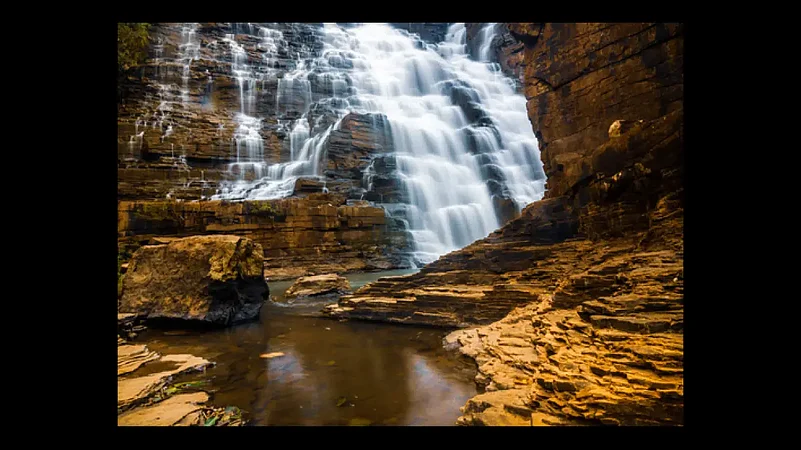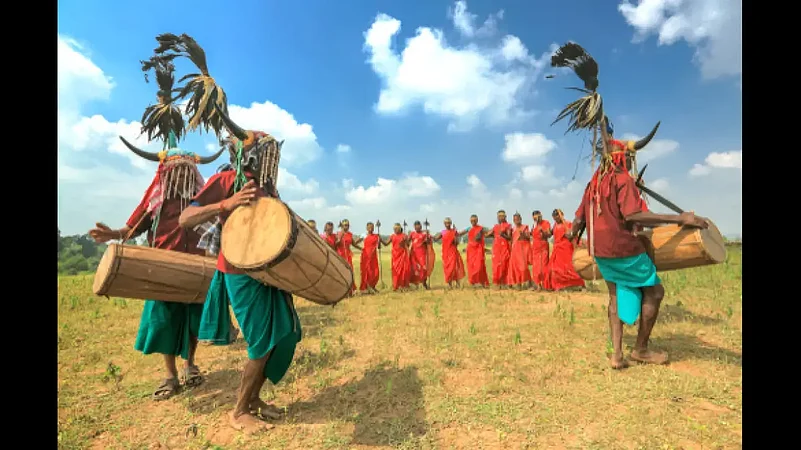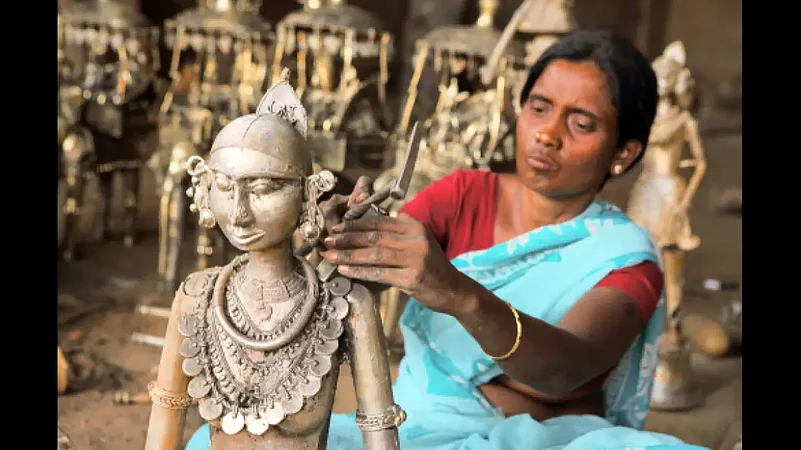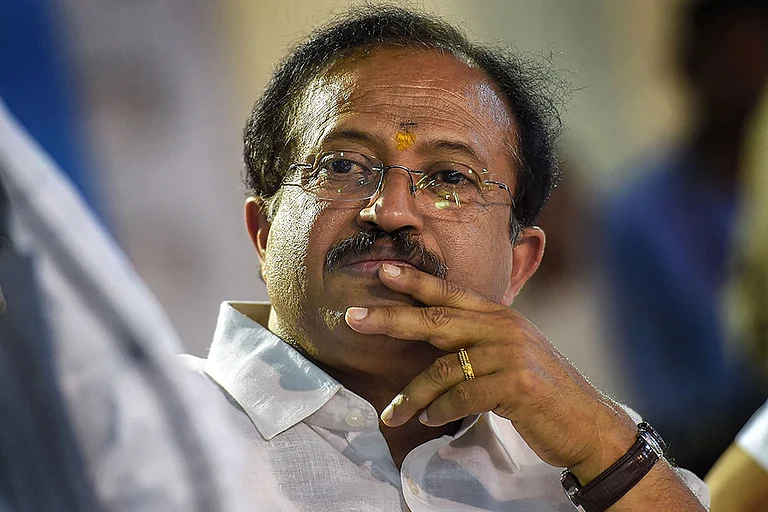Bastar, in the middle of the tribal heartland of India, is known for its natural splendour, history and culture. It is home to some of the oldest indigenous tribes of India. The antiquity of the land can be traced back to the times of the Ramayana, the site of the Dandakaranya forest. Located in Chhattisgarh, forested Bastar is an explorer’s delight. In case you are not able to go on a long holiday to explore Bastar fully, a day spent in Jagdalpur, the district headquarters, will give you a glimpse into the region’s diversity.
The town is the gateway to some of the prettiest waterfalls in the country. To see these waterfalls in their full glory, you have to be here in late monsoon or soon after. Besides, this is where you will find one of the unique festivals of India being celebrated, the Bastar Dussehra. Celebrated over 75 days, usually between July/August and Sepembr/October, it is known for its medley of rituals, many of which are reflective of its tribal culture. It is said that Maharaja Purushaottam Deo started this festival in the 15th century. The final 10 days of the festival coincides with the annual Navratri festival held in autumn.

Start with a visit to the temple of Danteshwari Mata, an incarnation of Goddess Shakti. The main temple dedicated to her is about 80km from Jagdalpur. But you may seek her blessings at the temple adjoining the town’s former palace. The patron deity of the former Kakatiya rulers, she is revered by the tribal people too. With permission, you may see a part of the Bastar Palace. But if you are short of time, you may give the palace a miss.
One of the biggest attractions of Jagdalpur are the various waterfalls in the vicinity. Keep the first half of the day for a visit to the Tirathgarh Waterfalls, Kangerghati National Park and the Kutumsar and Kailash caves. While the second half of the day should be reserved for visiting the Chitrakote Waterfalls. If you are a photographer, this will help you take advantage of the sunlight falling on the water.

Tirathgarh Waterfalls is about 38km by road from Jagdalpur. Here the Kanger River plunges 300 feet spreading into several cascades across the rocky wall. A flight of stairs will take you to the base of the waterfall. Named after the Kanger River which flows through it, the Kanger Valley National Park, is known for its dense forest. Permission to visit the park is available at the entrance.
It is possible to go on a safari drive through the forest. But with little time in hand, you may catch glimpses of the forest while you drive to the limestone caves, Kutumsar and Kailash. A flight of stairs descend to the heart of the earth where a profusion of stalactites and stalagmites create myriad formations. Do request for a guide at the park entrance who will take you inside the caves and also arrange for lights. Since it can be dangerous entering the caves during peak monsoon, entry may be regulated or closed. It is advisable to check at the park entrance. With the circuit complete, return to Jagdalpur for lunch.

If time permits, you may stop at the Anthropological Museum which offers a glimpse into the life and culture of the indigenous tribes who live here. On display here are colourful headgear, clothes, ornaments, musical instruments, paintings, wood carvings, weapons, masks, etc.
Post lunch head to the famous Chitrakoot Waterfalls, about 35kms from Jagdalpur. To understand why it is often called the Niagara of India, you have to visit during late monsoon or soon after. After flowing through hills and dales from its headwater in Odisha, the river Indravati takes a sudden 100-feet leap down a sheer rock face. As it tumbles off the cliff, the waterfall throws up a misty spray that catches the afternoon sunlight to form innumerable rainbows. During the rest of the year, the flow of water reduces. It is also highly likely that you will find local people and fisherfolk fishing in the stream that flows below. As darkness gathers it is time to return to Jagdalpur.

If you can spare another half day, do spend a night at the Damdami Tourist Complex operated by Chhattisgarh Tourism. It is located right opposite the Chitrakote waterfall. In monsoon, it is truly a feast for the eyes. During monsoon, Jagdalpur is the gateway to a few other waterfalls, which course through the verdant hills, such as Tamara Ghumar, Mendri Ghumar, Chitradhara, Mandoba etc. In between your travels, you may check out the local market for local handicrafts to take back as souvenirs. Apart from terracotta and wooden artefacts, you can also buy dokra (bronze) products carved by the tribal craftspeople.
Getting There
Jagdalpur is about 290kms by road from Raipur, the state capital which is also the nearest major airport. In 2020, Alliance Air introduced flights from Raipur and Hyderabad to Jagdalpur under the regional connectivity scheme UDAN. By train, Jagdalpur is connected with Kolkata (Howrah), Bhubaneswar, Visakhapatnam, etc.





















